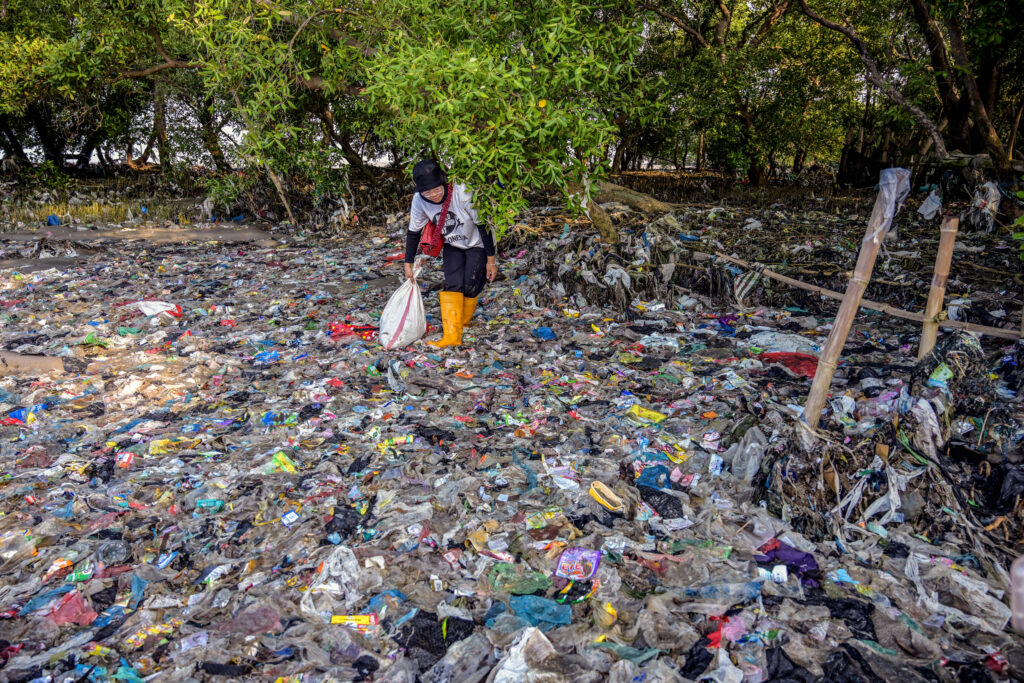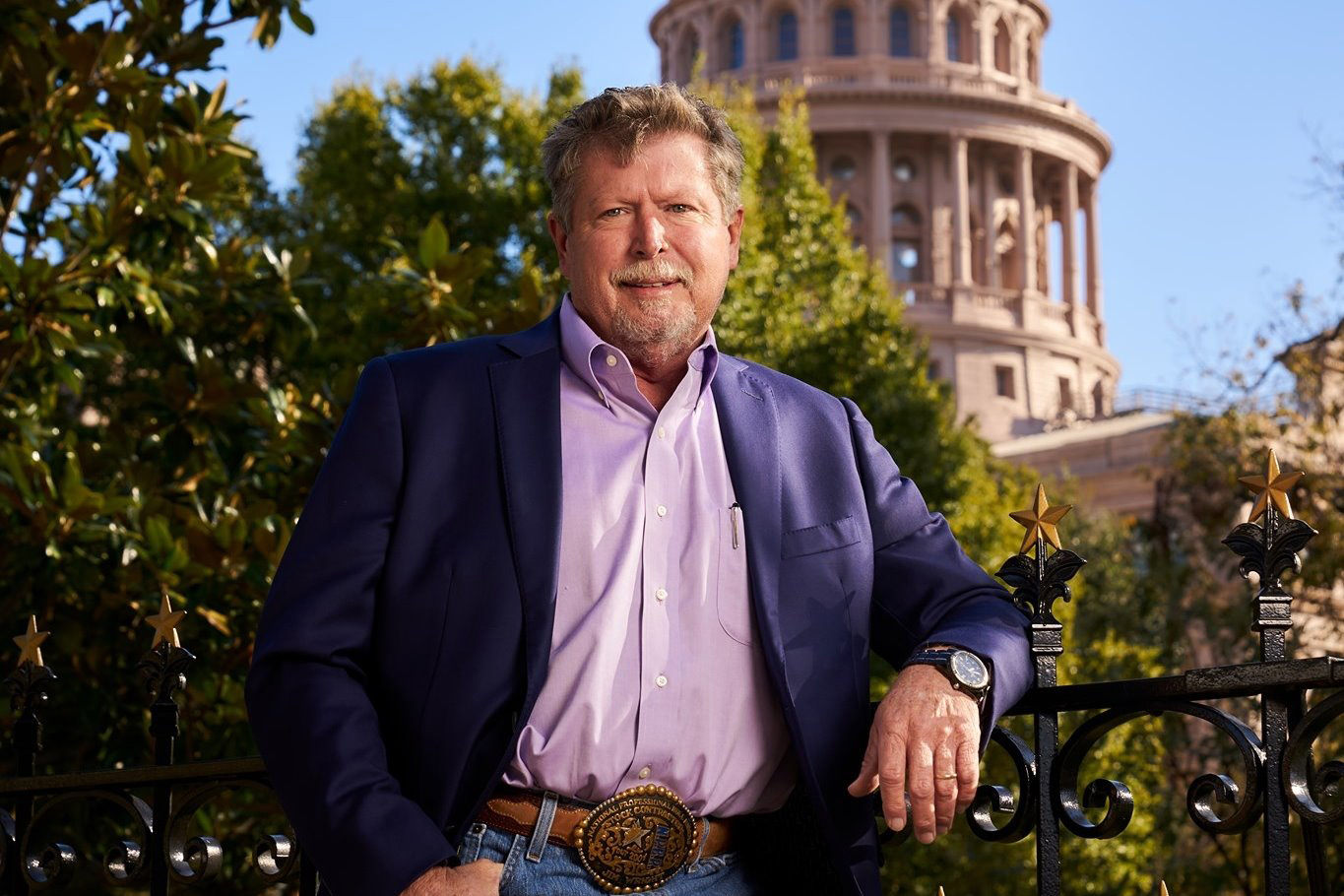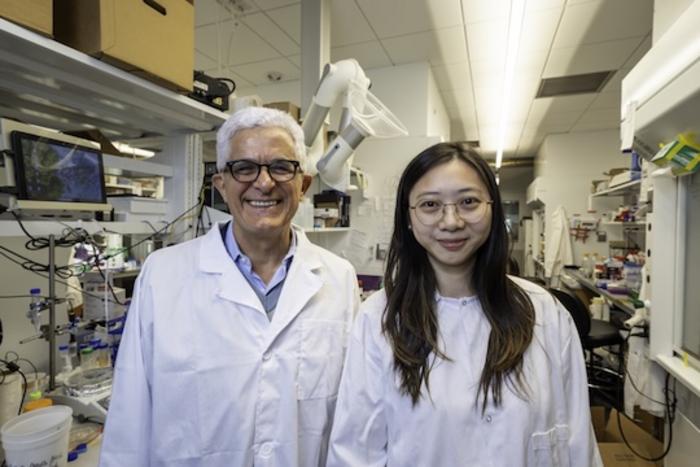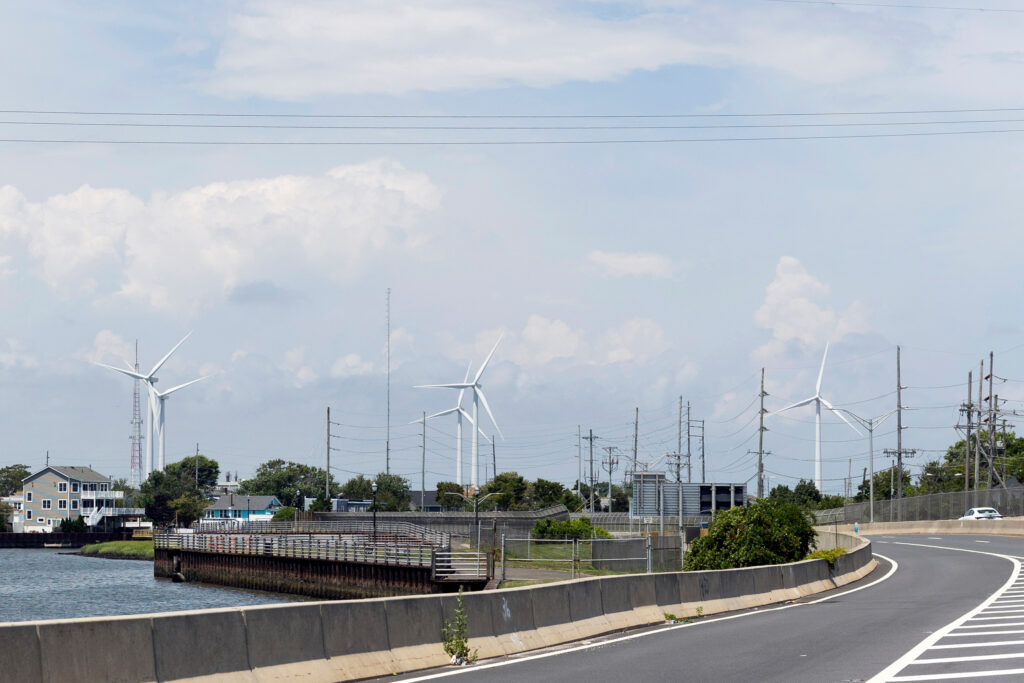Just three facilities account for more than half of chemical air pollution from industrial sources around Houston, home to the nation’s largest petrochemical and refinery complex, according to a new report.
Air Alliance Houston, an environmental nonprofit, analyzed data from the U.S. Environmental Protection Agency’s Toxics Release Inventory, a database of industrial emissions, to identify the largest sources of chemical releases in Harris County between 2018 and 2022.
Out of more than 300 sites, three made up 60 percent of all chemical releases: ExxonMobil Corp.’s Baytown complex, LyondellBasell Industries’ Channelview complex and Chevron Phillips Chemical’s Cedar Bayou plant.
“Most of the data is self-reported by the facilities, and no third-party or regulatory entity ensures the validity,” said the 24-page report, released Tuesday. “Regardless of this limitation, a trend is apparent with the same group of companies always at the top.”

Last year, another report by a different nonprofit, the Environmental Integrity Project, put the same three companies atop a list of facilities in Texas with the most chemical releases designated by the state as “excessive.” Those included the same Exxon and Chevron sites but a different LyondellBasell refinery in Houston.
“The air pollution that harms health and causes climate change is not an acceptable by-product of the fossil fuel industry in our community,” said Jennifer Hadayia, executive director of Air Alliance Houston. “There are known, specific company culprits that have been allowed to pollute beyond healthy limits for far too long, while Houstonians bear the harm. This new report proves, once and for all, that these facilities need greater accountability and oversight.”
Exxon and LyondellBasell did not immediately respond to requests for comment Tuesday. A spokesperson for Chevron Phillips Chemical said the company is “committed to responsible operation of our facilities and to continuous improvement of our environmental performance.”
“What we’re seeing here is real data showing there is a set of companies that are polluting way more than the other companies out there,” said Harris County Attorney Christian Menafee at a press conference Tuesday morning in a public park outside of Exxon’s Baytown Complex. “We’re grateful for the jobs you bring to our communities. We’re grateful for what you bring to the economy. But all of that means nothing if you’re poisoning people.”
Explore the latest news about what’s at stake for the climate during this election season.
The report data showed 272 chemicals in Houston’s industrial air pollution. Three chemicals made up more than half the total volume of releases: ethylene, propylene and ammonia.
Ethylene, found in human breath, isn’t toxic to people alone. But it’s a component of common air pollutants, according to a 2022 study published in Nature, including formaldehyde, a known human carcinogen, and ozone. The EPA considers Houston in “severe” violation of federal ozone standards.
Ammonia binds with other compounds in the atmosphere to form fine particulate matter that harms human health as well as plants and animals. Propylene can damage the liver, heart and nervous system with chronic, long-term exposure.
The report also assessed each pollutant for its potential public health hazard, multiplying the reported volumes of each chemical released by a factor representing the substance’s toxicity. Calculations showed the largest hazard from any single pollutant in Harris County came from ethylene oxide. Although released in relatively small volumes, it is extremely toxic and a known carcinogen. In April, the EPA announced a new rule to limit emissions of ethylene oxide and other potent air toxics from chemical plants.
The largest emitter of ethylene oxide in Harris County was LyondellBasell, the report said. The company operates several installations around Houston, including its 4,000-acre Channelview Complex, one of the largest petrochemical facilities on the Gulf Coast, which manufactures components of plastics and fuels.
The report identified the largest overall chemical emitter in Harris County as ExxonMobil’s Baytown Complex, a 3,400-acre campus that includes a fuel refinery and several chemical plants. That complex accounts for more chemical releases than the next two combined.
ExxonMobil’s Baytown Complex also emits a larger volume of greenhouse gases, which were tallied separately from chemical releases, than any other facility in Harris County, the report said—more than three times the next largest greenhouse gas emitter.
Houston has the largest per-capita greenhouse gas emissions of any major U.S. city and the fifth largest in the world, according to the C40 Knowledge Hub.
Chevron Phillips Chemical’s Cedar Bayou plant ranked as the third largest overall emitter in Harris County.
A spokesperson for Chevron Phillips Chemical said the company has taken steps to reduce emissions.
“We continue to take action to reduce air emissions through installation of flare gas recovery equipment, flaring reduction initiatives and strengthening the reliability of our assets,” the spokesperson said. “We are also working to reduce greenhouse gas emissions intensity by sourcing greater amounts of renewable energy, improving energy efficiencies and exploring a myriad of sustainably conscious innovations and technologies at our manufacturing facilities.”
About This Story
Perhaps you noticed: This story, like all the news we publish, is free to read. That’s because Inside Climate News is a 501c3 nonprofit organization. We do not charge a subscription fee, lock our news behind a paywall, or clutter our website with ads. We make our news on climate and the environment freely available to you and anyone who wants it.
That’s not all. We also share our news for free with scores of other media organizations around the country. Many of them can’t afford to do environmental journalism of their own. We’ve built bureaus from coast to coast to report local stories, collaborate with local newsrooms and co-publish articles so that this vital work is shared as widely as possible.
Two of us launched ICN in 2007. Six years later we earned a Pulitzer Prize for National Reporting, and now we run the oldest and largest dedicated climate newsroom in the nation. We tell the story in all its complexity. We hold polluters accountable. We expose environmental injustice. We debunk misinformation. We scrutinize solutions and inspire action.
Donations from readers like you fund every aspect of what we do. If you don’t already, will you support our ongoing work, our reporting on the biggest crisis facing our planet, and help us reach even more readers in more places?
Please take a moment to make a tax-deductible donation. Every one of them makes a difference.
Thank you,



















